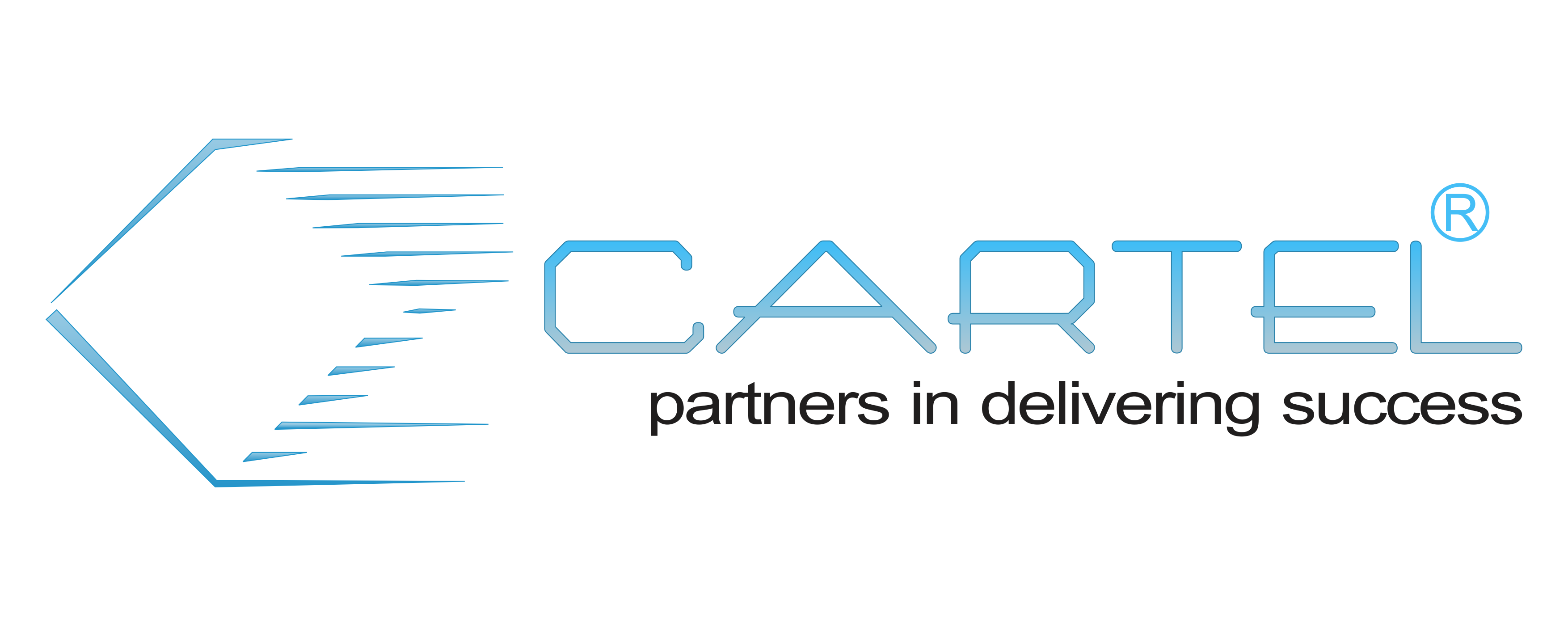vSphere: Optimize and Scale
Overview
– Configure and manage ESXi networking and storage for a large and sophisticated enterprise
– Manage changes to the vSphere environment
– Optimize the performance of all vSphere components
– Harden the vSphere environment against security threats
– Troubleshoot operational faults and identify their root causes
– Use VMware vSphere ESXi Shell and VMware vSphere Management Assistant to manage vSphere
– Use VMware vSphere Auto Deploy to provision ESXi hosts
Course Details
Course Introduction
– Introductions and course logistics
– Course objectives
– Additional resources
VMware Management Resources
– Understand the purpose of VMware vSphere Command-Line Interface commands
– Discuss options for running vSphere CLI commands
– Deploy and configure vSphere Management Assistant
– Use vmware-cmd for virtual machine operations
vSphere Security
– Describe the features and benefits of the Platform Services Controller
– Configure ESXi host access and authorization
– Secure ESXi, vCenter Server, and virtual machines
Performance in a Virtualized Environment
– Review the vSphere performance troubleshooting methodology
– Explain software and hardware virtualization techniques and their effects on performance
– Use vSphere performance monitoring tools
Network Scalability
– Create, configure, and manage vSphere distributed switches
– Migrate virtual machines from standard switches to distributed switches
– Explain distributed switch features such as port mirroring, LACP, QoS tagging, and NetFlow
Network Performance Troubleshooting
– Explain the performance features of network adapters
– Explain the performance features of vSphere networking
– Monitor key network performance metrics
– Use vSphere Management Assistant to manage virtual network configurations
– Troubleshoot common network performance problems
Storage Scalability
– Explain vSphere storage APIs for array integration and storage awareness
– Configure and assign virtual machine storage policies
– Configure VMware vSphere Storage DRS and VMware vSphere Storage I/O Control
– Create and use virtual volumes in vSphere
Storage Optimization
– Diagnose storage access problems
– Configure VMware vSphere Flash Read Cache
– Monitor key storage performance metrics
– Troubleshoot common storage performance problems
CPU Performance
– Explain the CPU scheduler operation, NUMA support, and other features that affect CPU performance
– Monitor key CPU performance metrics
– Troubleshoot common CPU performance problems
Memory Performance
– Explain ballooning, memory compression, and host swapping techniques for memory reclamation when memory is overcommitted
– Monitor key memory performance metrics
– Troubleshoot common memory performance problems
Virtual Machine and Cluster Optimization
– Describe guidelines for optimizing virtual machine configuration
– Discuss how vGPU usage affects virtual machine performance
– Discuss guidelines for using resource allocation settings
– Discuss guidelines for using resource pools
– Discuss guidelines for using vSphere DRS clusters
– Troubleshoot common vSphere cluster problems
Host and Management Scalability
– Describe and use host profiles
– Define and use content libraries
– Upgrade ESXi and vCenter Server instances
– Use VMware vSphere PowerCLI
– Use Virtual Machine Converter
– Use VMware vSphere ESXi Image Builder CLI and vSphere Auto Deploy
Prerequisites
Completion of one of the following courses:
– VMware vSphere: Install, Configure, Manage
– VMware vSphere: Fast Track
